The Mycoplasma Comeback: Why This Atypical Pneumonia is Back – A PEMCurrents Podcast
PEMBlog
MARCH 4, 2025
Garcia T, Florin TA, Leonard J, Shah SS, Ruddy RM, Wallihan R, Desai AP, Alter S, El-Assal O, Marzec S, Keaton M, Yun KW, Leber AL, Mejias A, Cohen DM, Ramilo O, Ambroggio L; Childrens Hospitals Initiative for Research in Pneumonia (CHIRP). Studies supporting antibiotic treatment of documented mycoplasma pneumoniae in children are limited.




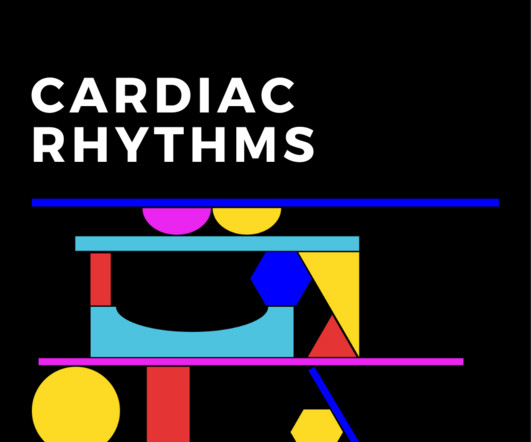
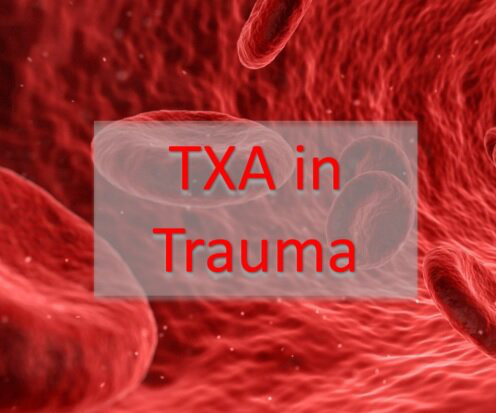

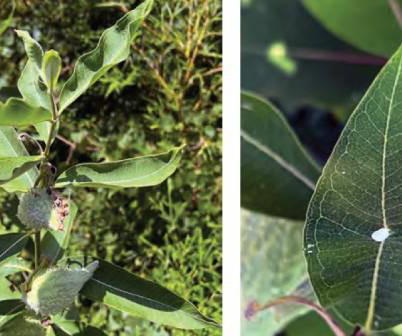




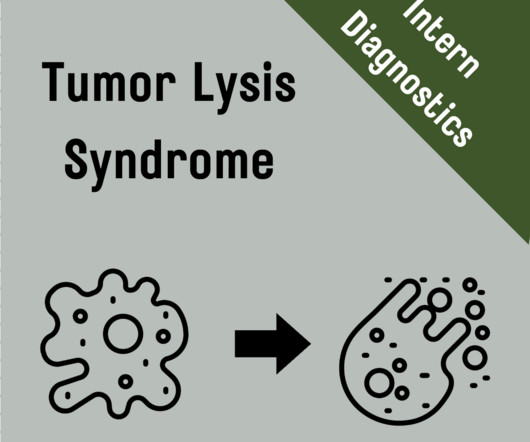
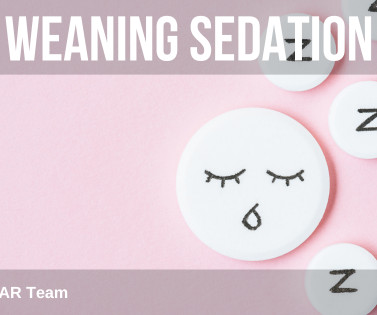






Let's personalize your content